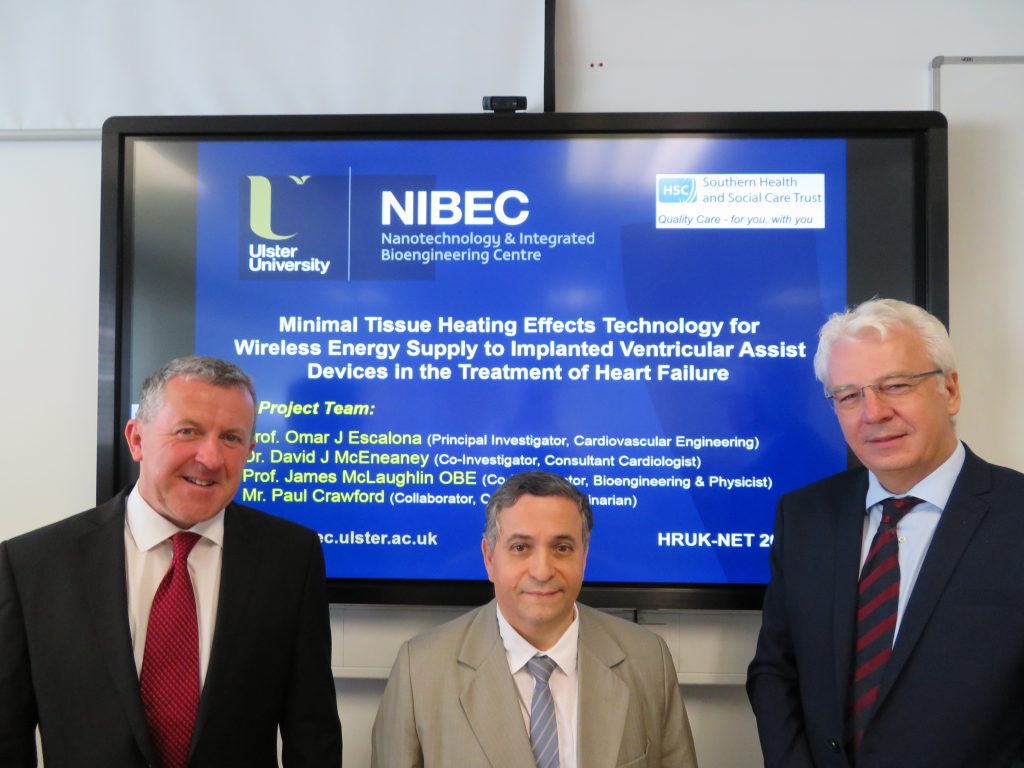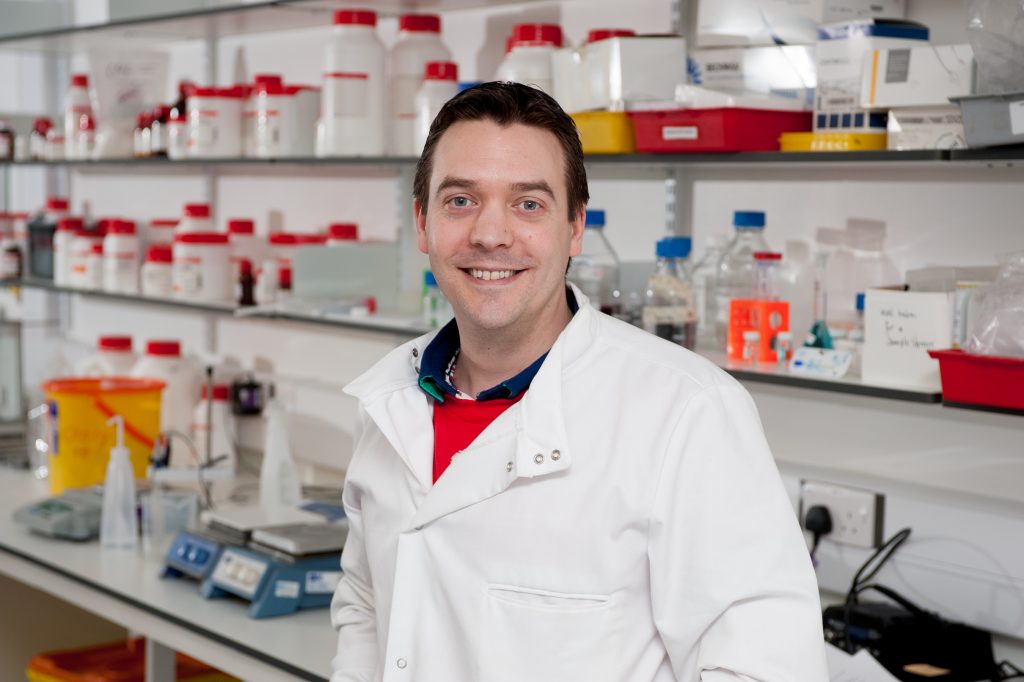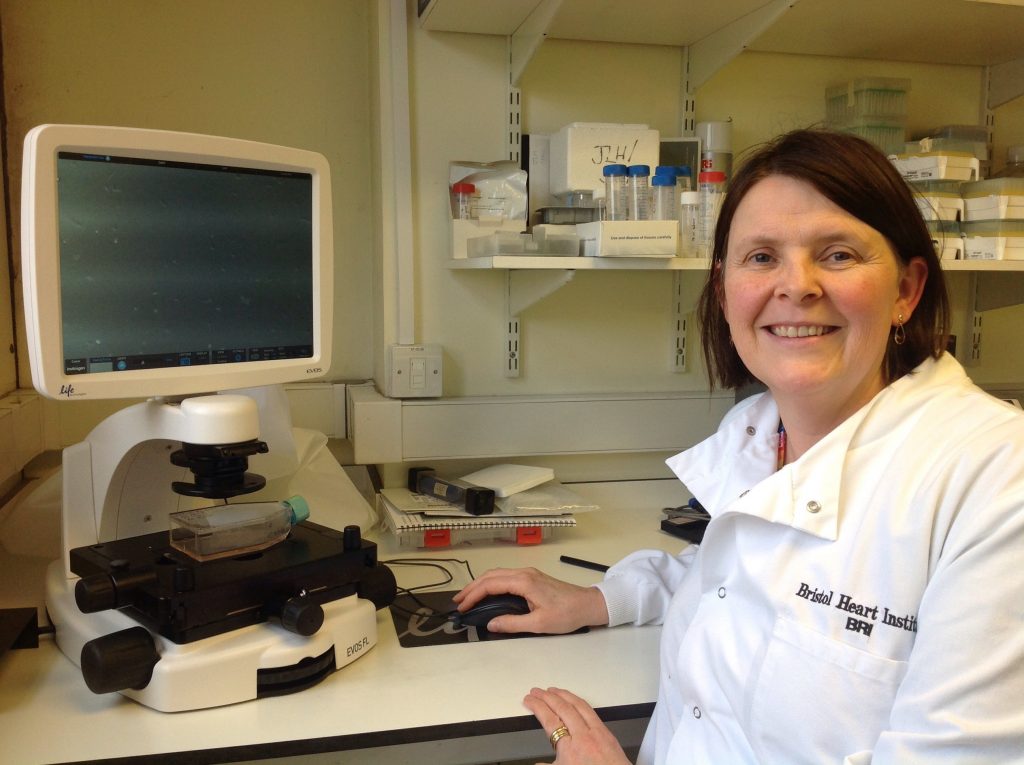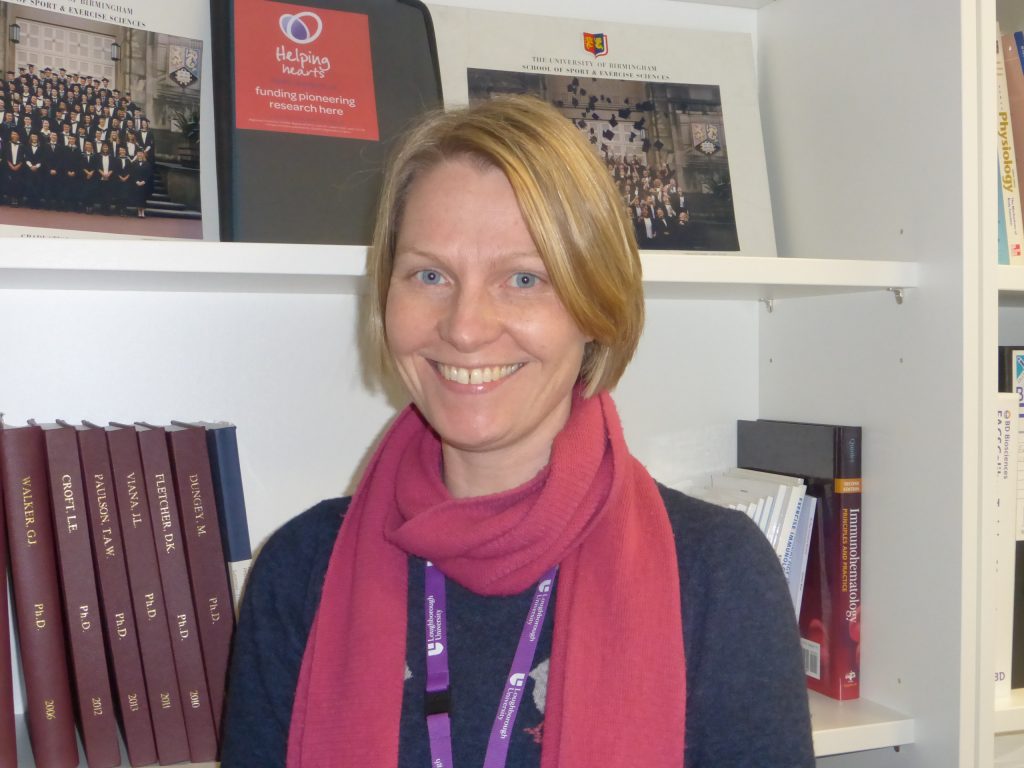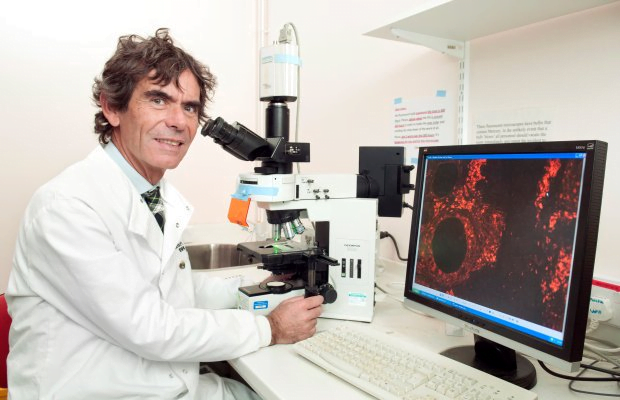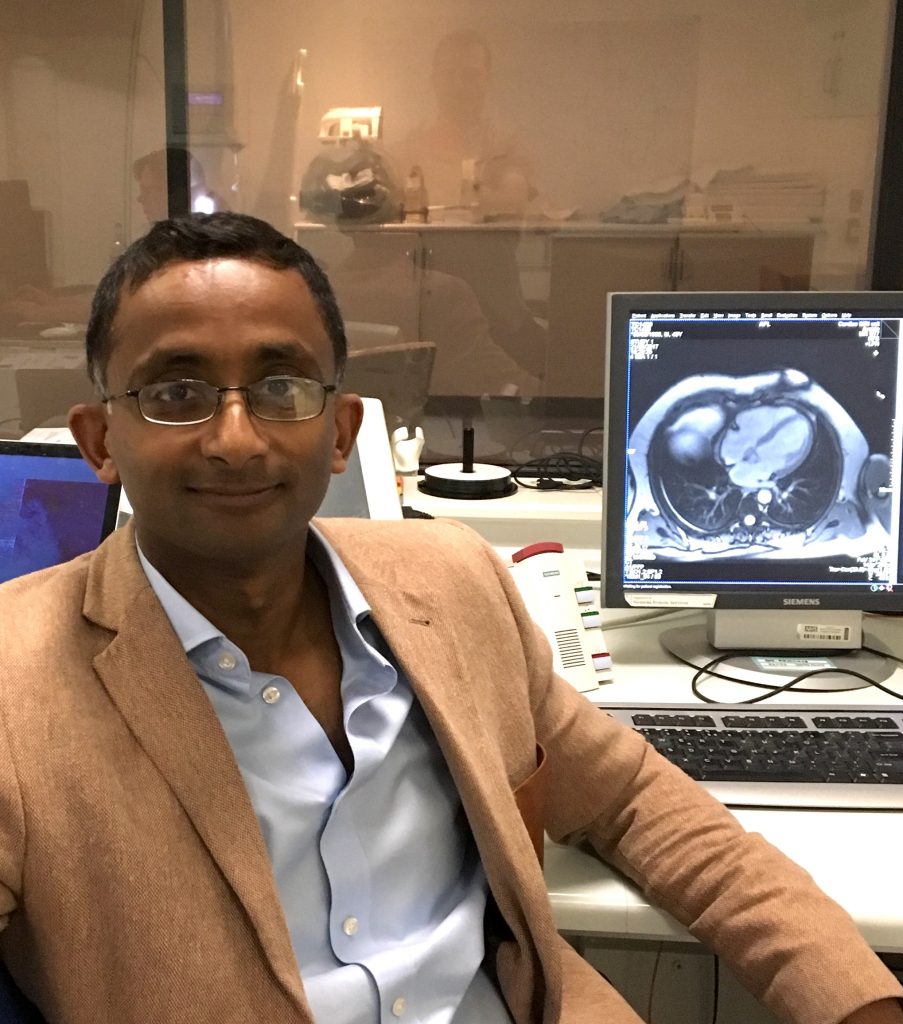Professor Derek Steele
University of Leeds
£132,190

The rhythmic beating of the heart is controlled by the co-ordinated opening and closing of ‘ion channels’ in the heart cells which allow electrically charged particles – ions – to move in and out of the cells. If this electrical activity is disrupted it can lead to abnormal rhythms, called arrhythmias, which may prevent the heart from pumping effectively and be life-threatening. The most common form of arrhythmia is ‘atrial fibrillation’ which is thought to affect more than 1.4 million people in the UK.
Cells of the body naturally produce gases including, surprisingly, carbon monoxide and hydrogen sulphide. These gases are very poisonous at high levels, but in fact have important roles in controlling normal functions of cells and organs, including the heart.
This research showed that when atrial fibrillation was induced in heart muscle cells in the lab, the amount of a particular key ion channel that controls the electrical activity of the heart was increased. Importantly, application of carbon monoxide or hydrogen sulphide was found to supress the activity of this ion channel and protect against changes in electrical activity that are linked with atrial fibrillation.
This raises the exciting possibility that atrial fibrillation could be treated by altering the levels of carbon monoxide and hydrogen sulphide within cells or using drugs which release these gases. These results are promising and further research is now needed to look at the most effective ways to control the release of the naturally produced biological gases within the body, to see whether this is an effective way to treat atrial fibrillation.
